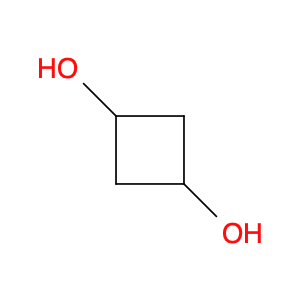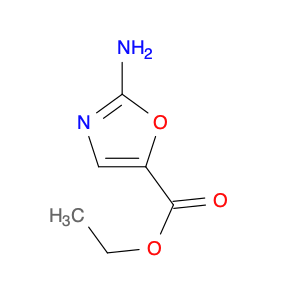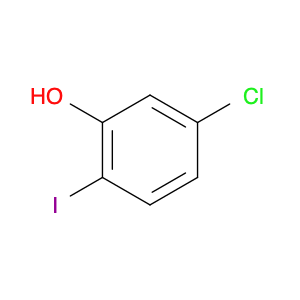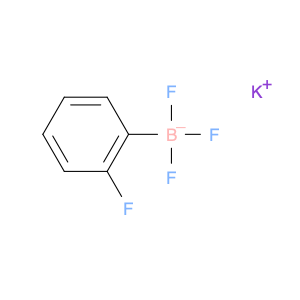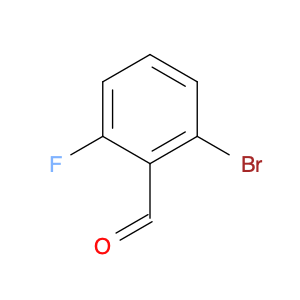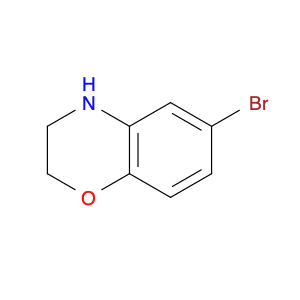Cyclobutane-1,3-diol is a versatile compound that finds wide application in chemical synthesis. Due to its unique structure, it serves as a valuable building block for the preparation of various complex molecules. In organic chemistry, cyclobutane-1,3-diol can undergo various reactions such as oxidation, reduction, and substitution to introduce functional groups at specific positions within the molecule. Its cyclic nature provides opportunities for stereochemical control in the formation of chiral compounds. One common use of cyclobutane-1,3-diol is in the synthesis of cyclobutane derivatives, where it can undergo ring closure reactions to form different cyclic structures. Additionally, its hydroxyl groups can be selectively modified to enable the attachment of different moieties, allowing for the creation of diverse compounds with specific properties. Moreover, cyclobutane-1,3-diol can participate in cascade reactions, leading to the formation of complex molecular frameworks in a single synthetic operation. Overall, the strategic incorporation of cyclobutane-1,3-diol in chemical synthesis enables chemists to access a wide array of structurally diverse compounds with potential applications in pharmaceuticals, materials science, and other fields.
 sales@aaronchem.com
sales@aaronchem.com
